
The Russian wreath is a very special phenomenon. It consists of flowers, a symbol of summer, purity and beauty. But it’s more than that.
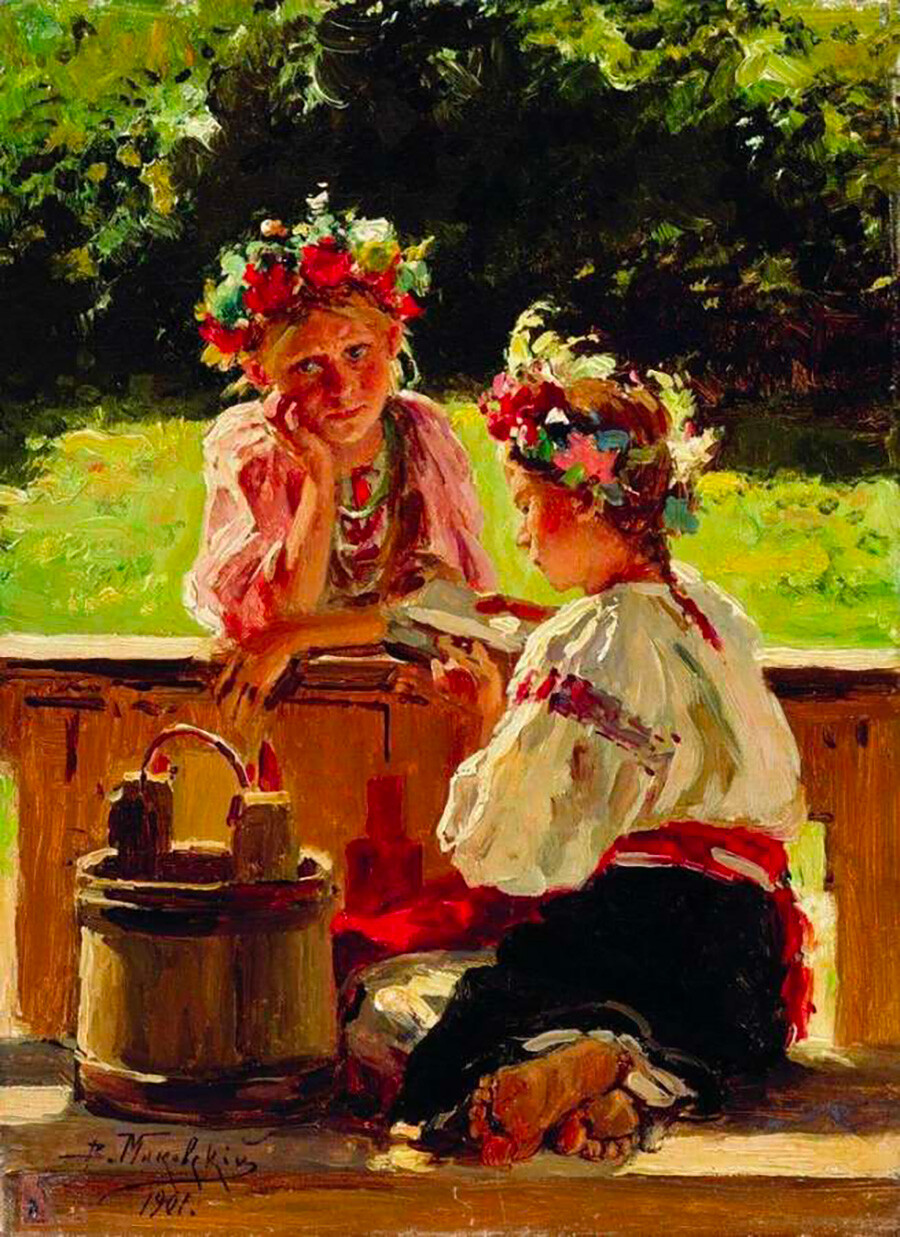
Vladimir Makovsky, “Girls lightened by sun”, 1901
Public domainRussian girls weaved wreaths consisting of wild flowers, herbs, even thin birch or oak branches. In Slavic pagan tradition, wreaths had a ritual role and were considered as protection from evil spirits.
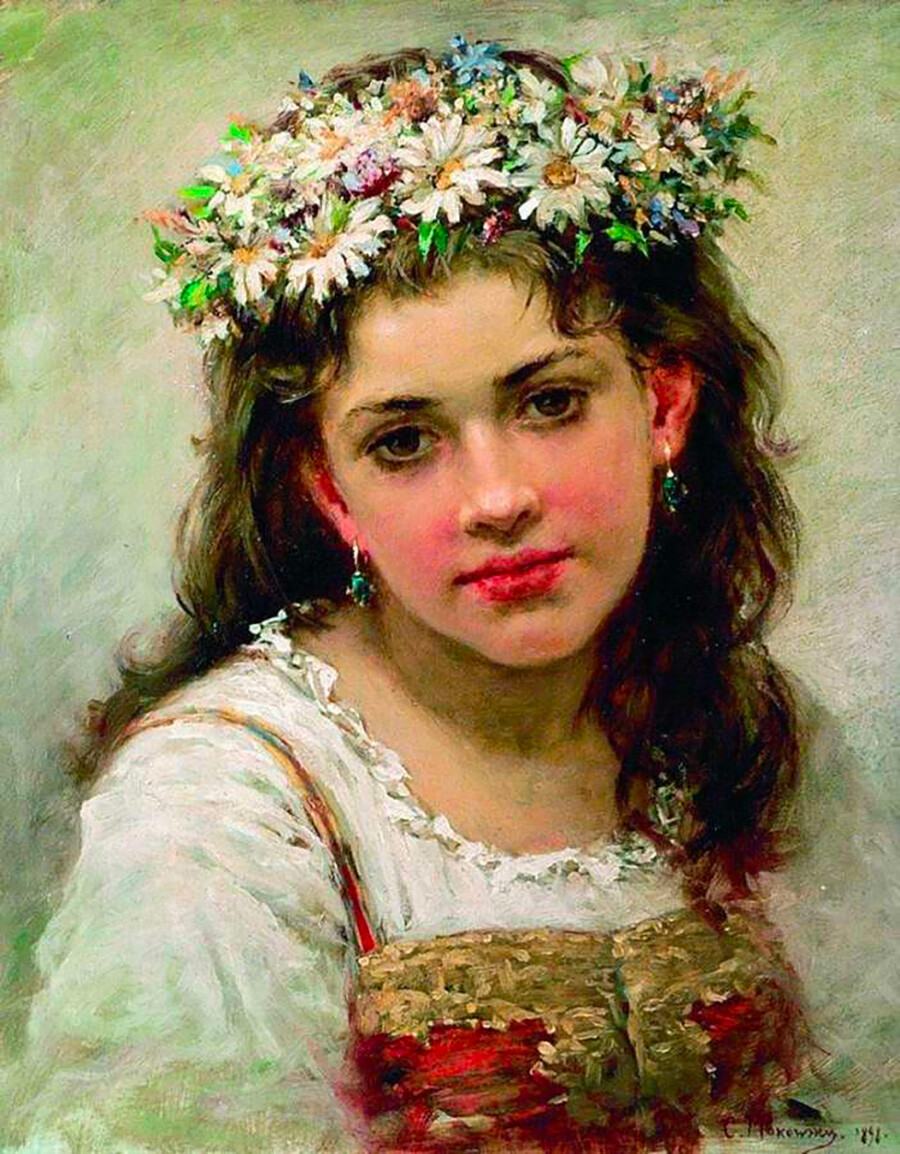
Konstantin Makovsky, “Head of the Girl”, 1889
Public domainPagan beliefs are associated with "Kupala" wreaths - they were woven on the day of Ivan Kupala, a pagan folk festival dedicated to the summer solstice. This was celebrated in Russia for many centuries and even in the Orthodox Church tradition it was connected with the feast day of John the Baptist.

Semyon Kozhin, “Fortune-telling on wreaths,” 2009
Private collection, MoscowSuch wreaths were used for khorovod round dances, various ceremonies, and, of course, for fortune-telling. To find out if she would get married in the next year or not, a young girl floated a wreath along the river. If the wreath floated far away, she was unlikely to get married, but if the river brought it back to the shore, then she should start planning for her wedding.
"Happy wreaths” could be kept as a talisman, but there was also another tradition - the wreaths used on Ivan Kupala night were burned in a bonfire to get rid of all the bad things that had accumulated in one’s life.
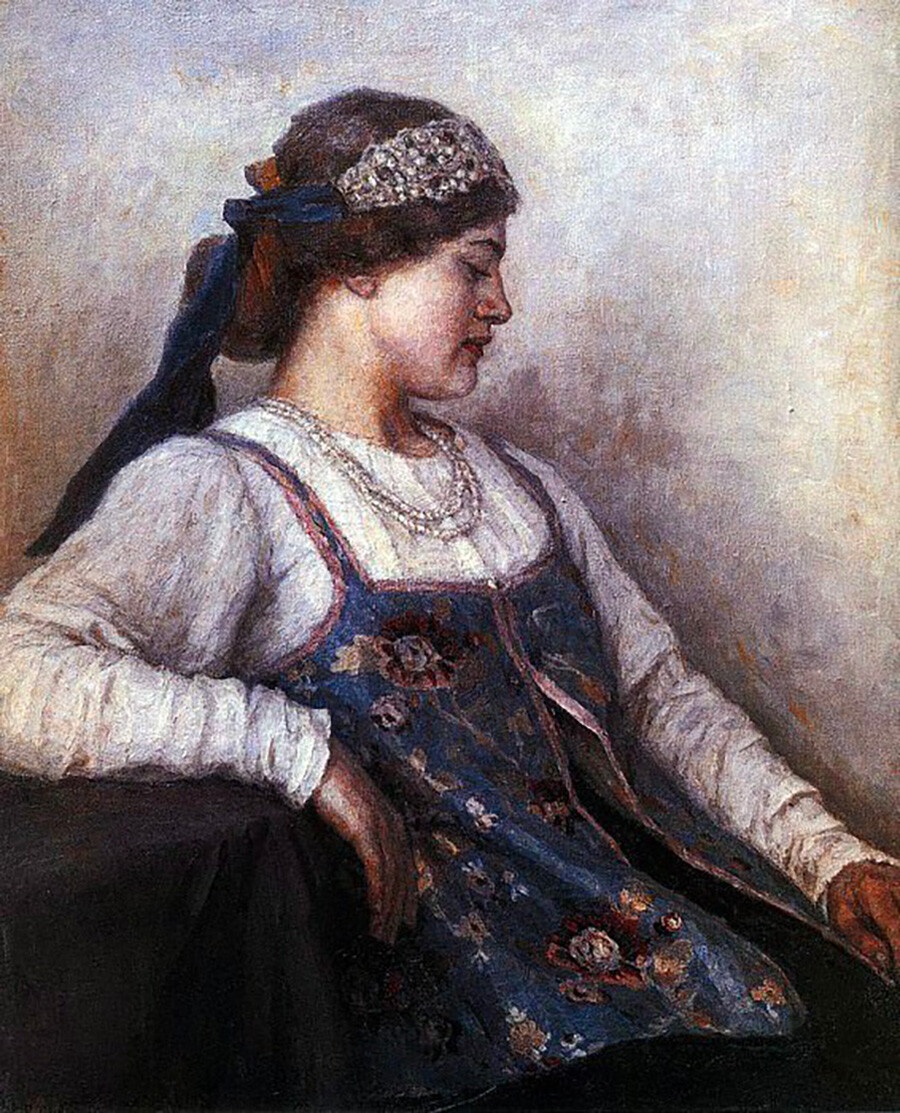
Vasily Surikov, “Portrait of N.F. Matveyeva,” 1909
Kharkiv Art MuseumOne of the obsolete forms of the Russian word 'venok' (wreath) is 'venets' (crown). It was the name of a headdress, a type of kokoshnik. Most often it looked like a hard strip around the forehead, decorated with pearls, beads and embroidery.
Floral wreaths (as well as venets) were an indispensable attribute of wedding attire and ceremony. In ancient Russia, girls wove wreaths of periwinkle, mint and crimson. They symbolized the innocence of the bride. After marriage, such a wreath was taken off and a married woman had no right to wear it, but covered her head with a scarf and hid her hair.
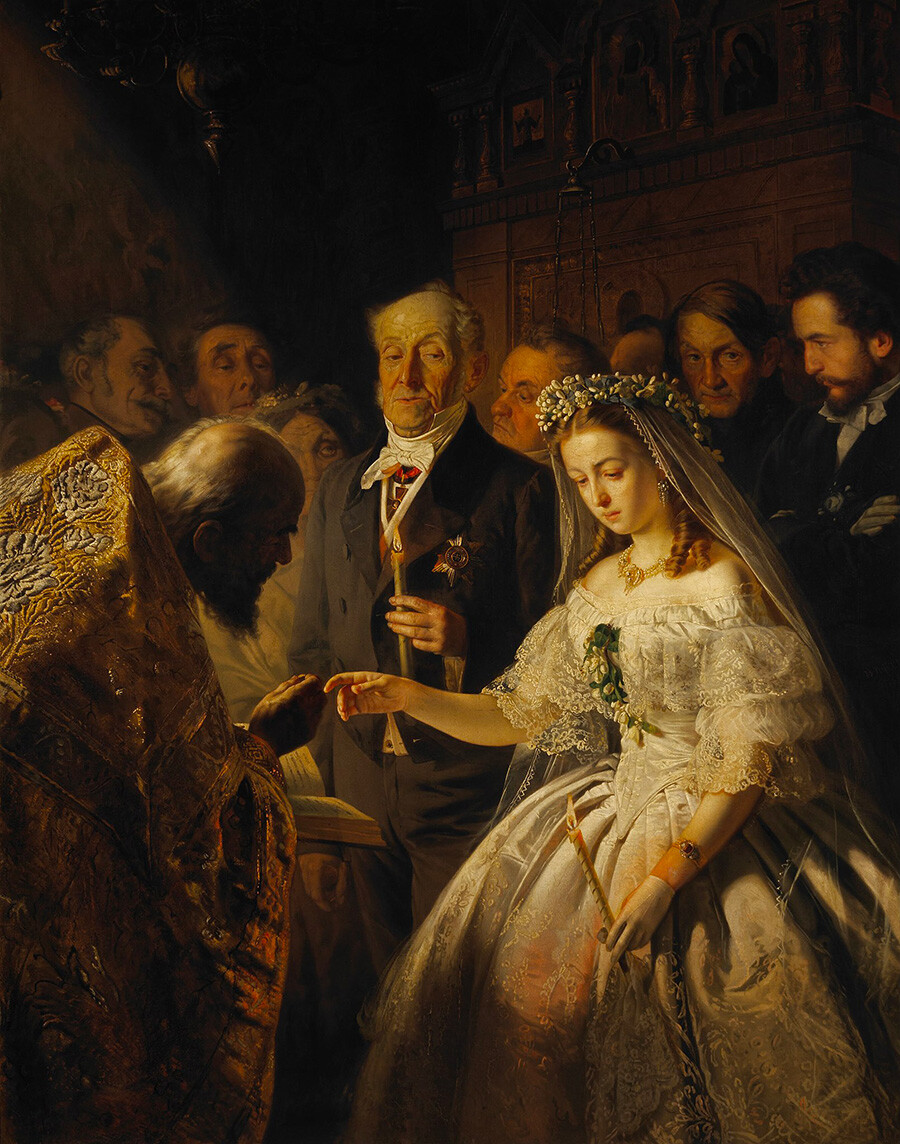
Vasili Pukirev, “The Unequal Marriage,” 1863
Tretyakov GalleryThere was a superstition about sorcery and the ‘venets of celibacy’. Supposedly, those who had problems with the opposite sex (and especially girls who did not marry), was imposed spoilage or the evil eye.
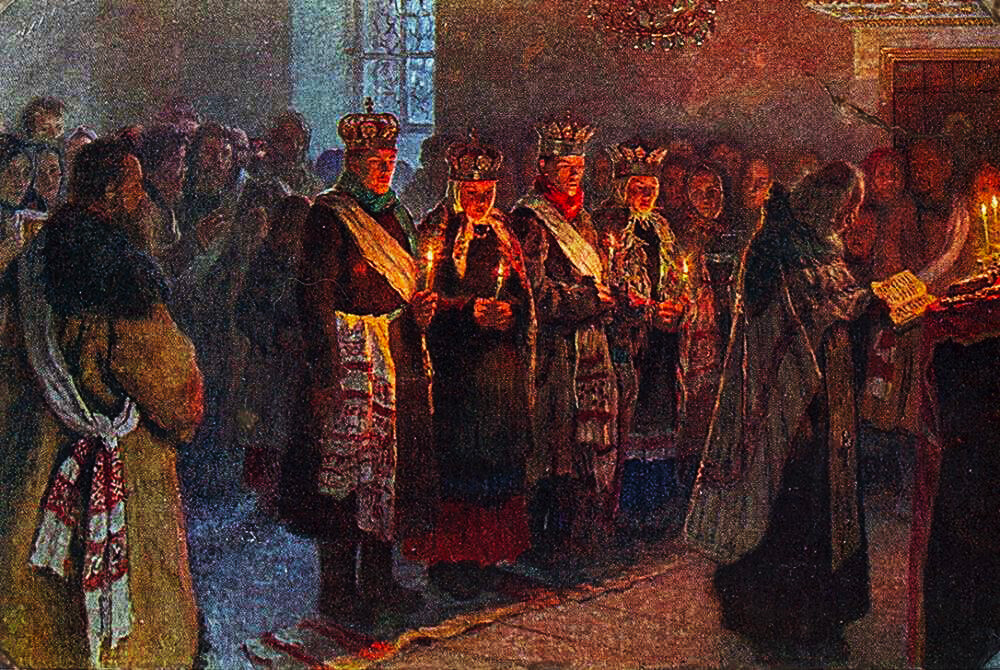
Nikolai Bogdanov-Belsky, “The Wedding,” 1904
Public domainIn fact, the Russian Orthodox church wedding ritual tradition is called ‘venchanie’, from the word ‘venets’. During the ceremony, the couple wore special crowns on their heads.
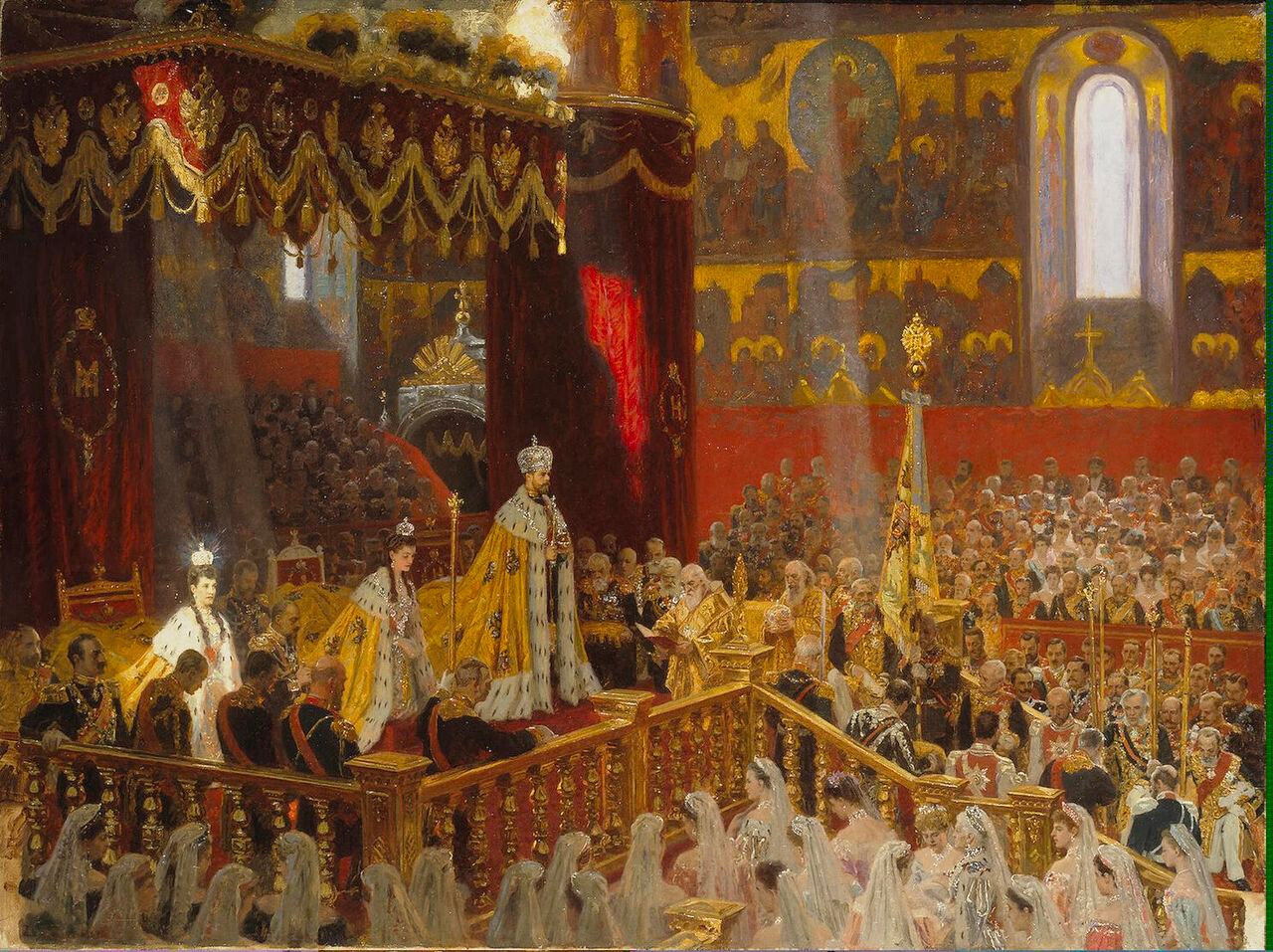
Laurits Tuxen, “Coronation of Nicholas II and Alexandra Feodorovna,” 1898
Tretyakov GalleryImperial coronations in the Russian tradition were also called ‘venchanie’ (crowning). This ceremony was held in the Assumption Cathedral in the Moscow Kremlin. The ‘venets’ was also the name of the Tsar's crown.
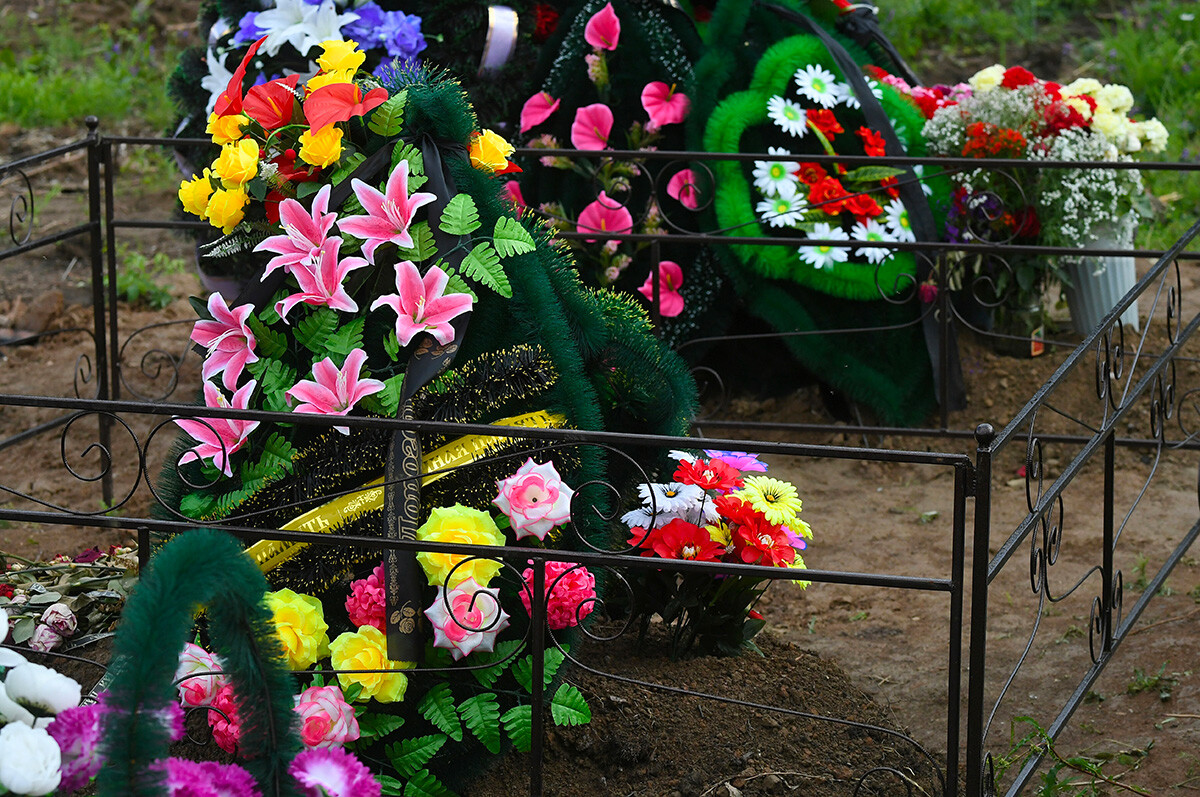
There is another wreath - one used for funerals. It is also made of flowers and tied with a mourning ribbon. Such wreaths are placed on graves. This Slavic pagan tradition carried over to tsarist times, and then on to Soviet and modern times.
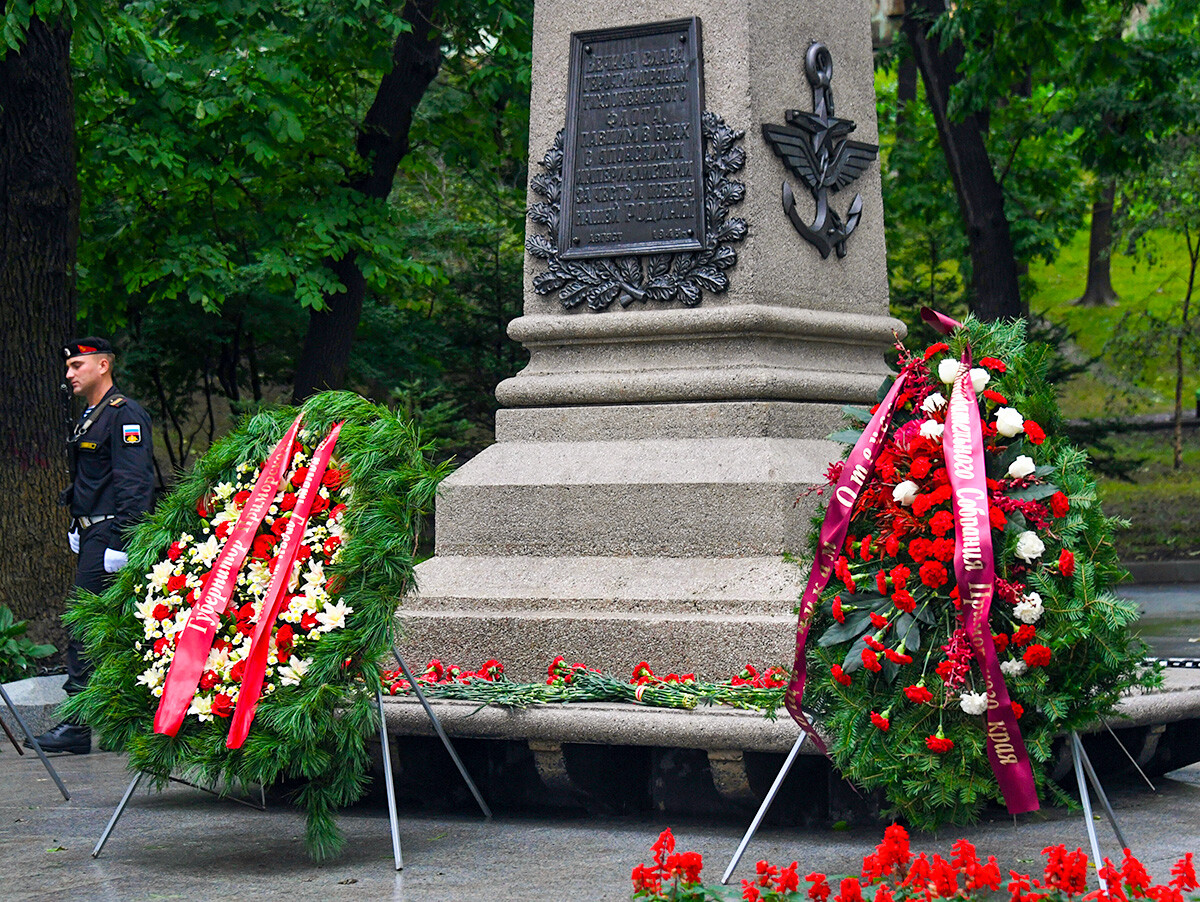
Funeral wreaths are solemnly laid at monuments and memorials to fallen soldiers and the eternal flame.
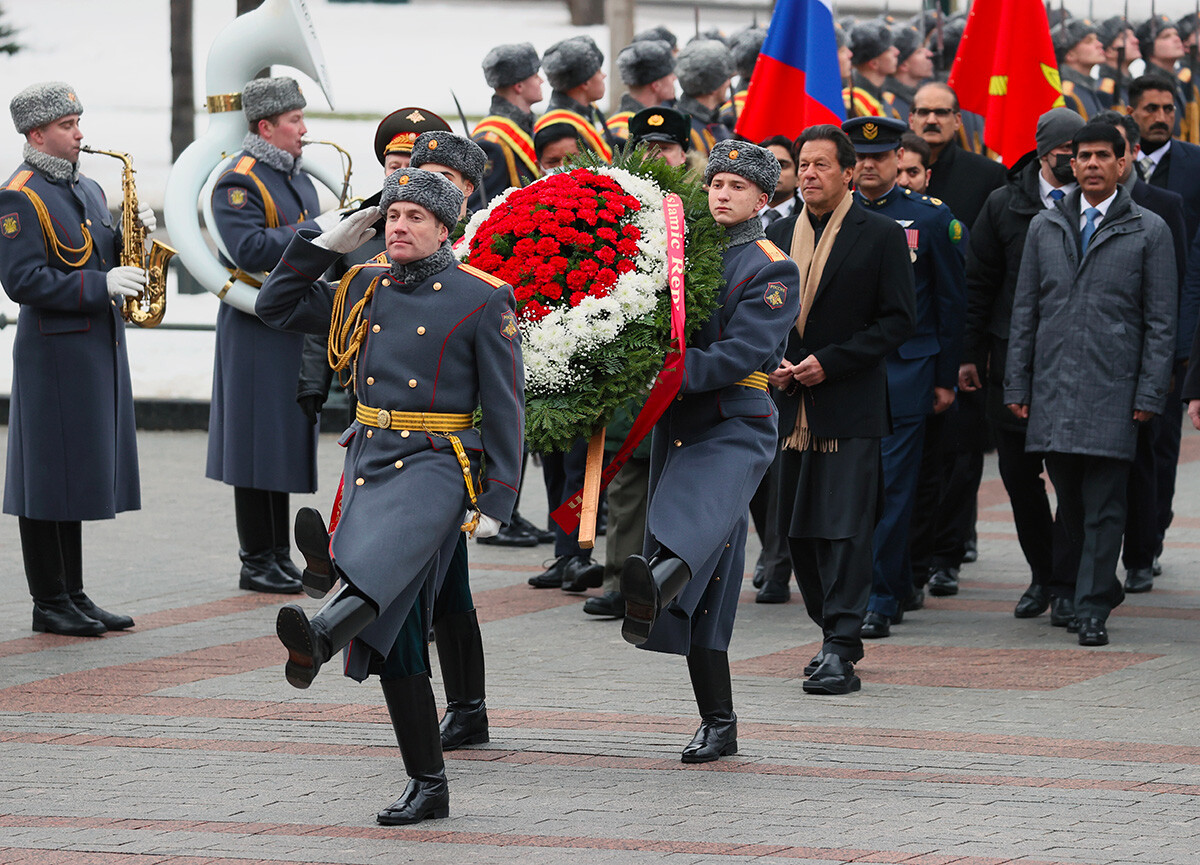
Dear readers,
Our website and social media accounts are under threat of being restricted or banned, due to the current circumstances. So, to keep up with our latest content, simply do the following:
If using any of Russia Beyond's content, partly or in full, always provide an active hyperlink to the original material.
Subscribe
to our newsletter!
Get the week's best stories straight to your inbox